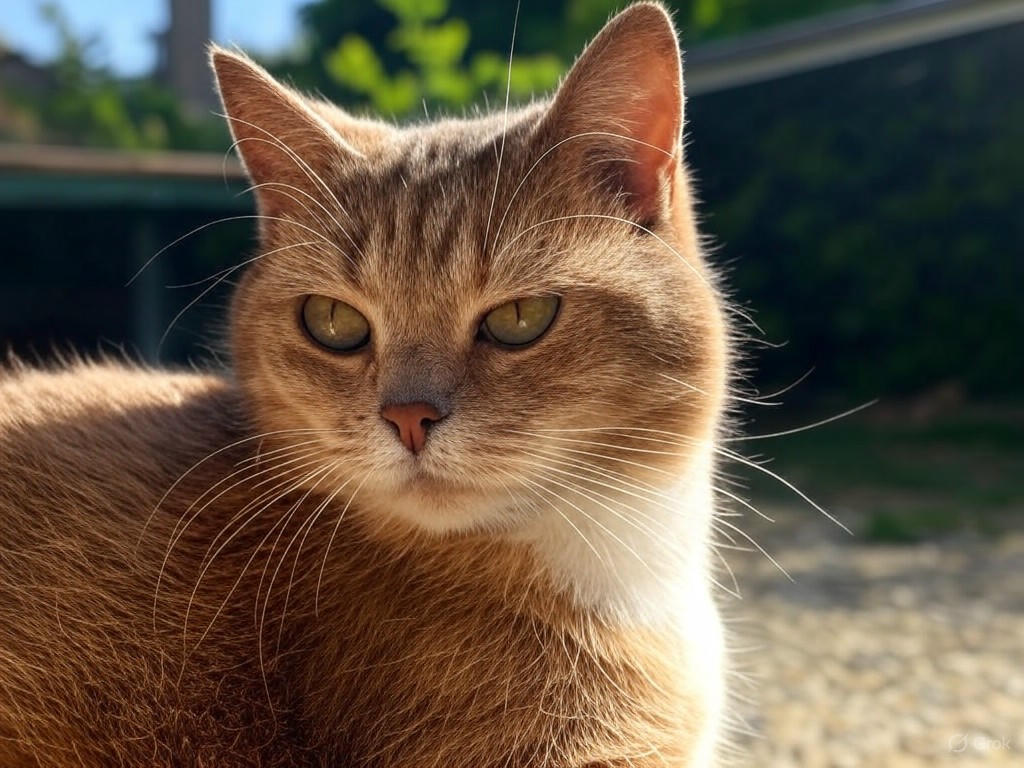Few sounds are as soothing as the gentle rumble of a cat’s purr. For centuries, this feline behavior has captivated humans, sparking curiosity about its origins and purpose. Recently, groundbreaking research has shed light on why cats purr and what influences the frequency of this endearing sound, revealing a fascinating blend of biology and behavior that deepens our understanding of our feline companions.
At the heart of this discovery is a genetic clue tied to the androgen receptor gene. Scientists have identified that cats with a shorter repeat sequence in this gene tend to purr more often. This genetic variation seems to play a significant role in how vocal a cat can be, acting as a biological trigger for this unique sound. While purring is often associated with contentment, researchers note that it can also occur in moments of pain or stress, suggesting it serves multiple purposes, from self-soothing to communication. This dual nature of purring highlights the complexity of feline expression, showing that what we perceive as a simple sound is anything but.
Interestingly, the study also uncovered a notable difference between male and female cats. Males, it appears, are generally more vocal, filling their environments with frequent purrs, perhaps as a way to bond or signal their presence. Females, on the other hand, may exhibit less purring and, in some cases, display more assertive or even aggressive behaviors. This divergence could be linked to evolutionary traits, where males use sound to establish social connections, while females prioritize other forms of interaction or defense. Such findings challenge the stereotype of cats as uniformly aloof, revealing instead a spectrum of personalities shaped by both genetics and gender.
Beyond the genetic and behavioral insights, the act of purring itself remains a marvel of nature. The sound is produced by the rapid vibration of muscles in a cat’s larynx, a process that occurs during both inhalation and exhalation, creating a continuous hum. Scientists believe this mechanism might also have therapeutic benefits, not just for the cat but for humans as well. The low-frequency vibrations of a purr have been suggested to promote relaxation and even aid in healing, offering a possible explanation for why petting a purring cat feels so calming.
As we piece together these scientific revelations, the humble purr emerges as a window into the intricate world of feline biology and emotion. This research not only satisfies long-standing curiosity but also strengthens the bond between humans and cats by helping us interpret their subtle signals. The next time you hear that familiar rumble, remember it’s more than just a sound—it’s a story of genetics, behavior, and connection, woven into every vibration. With each new study, we come closer to decoding the language of cats, one purr at a time, reminding us of the endless wonders hidden in the creatures we share our lives with.
